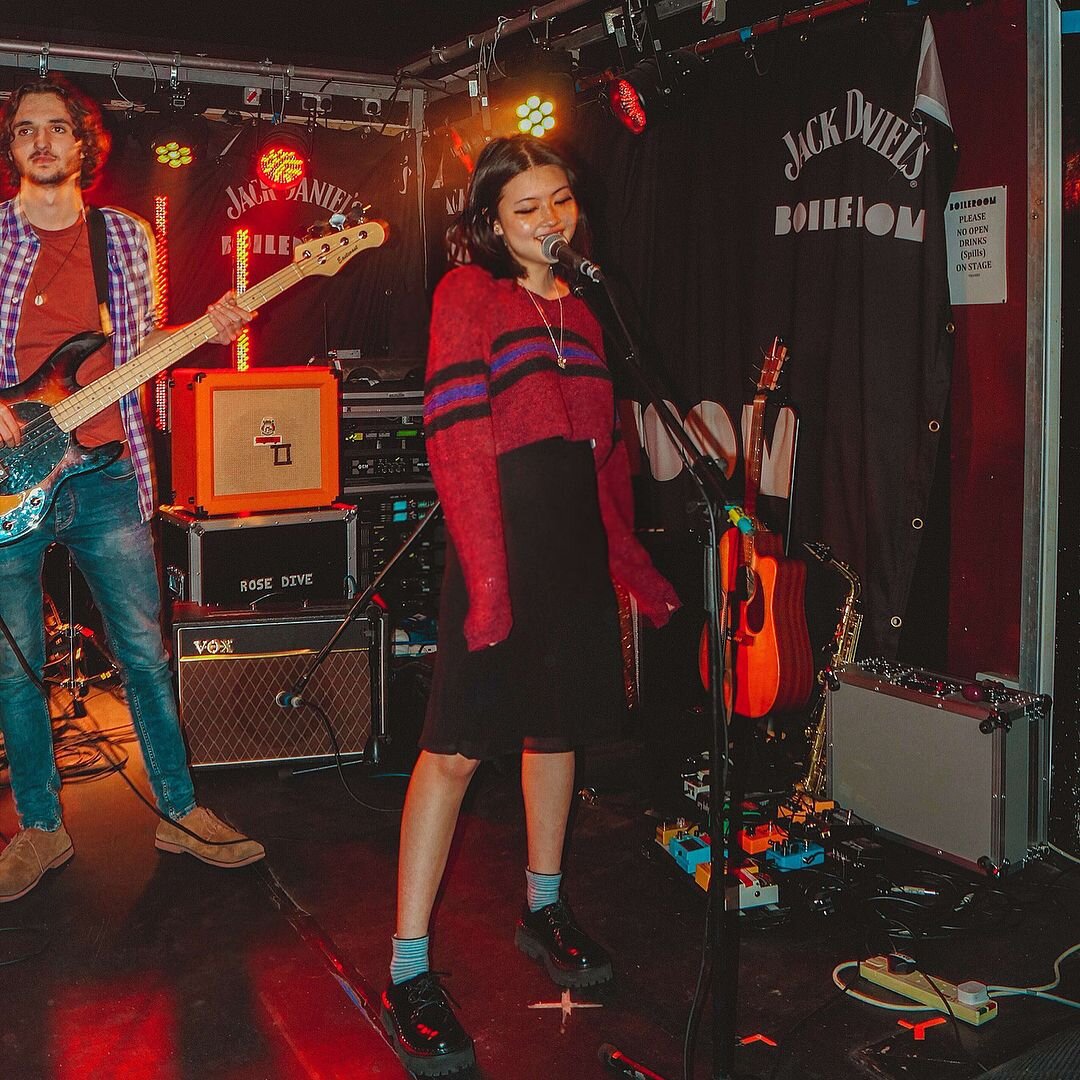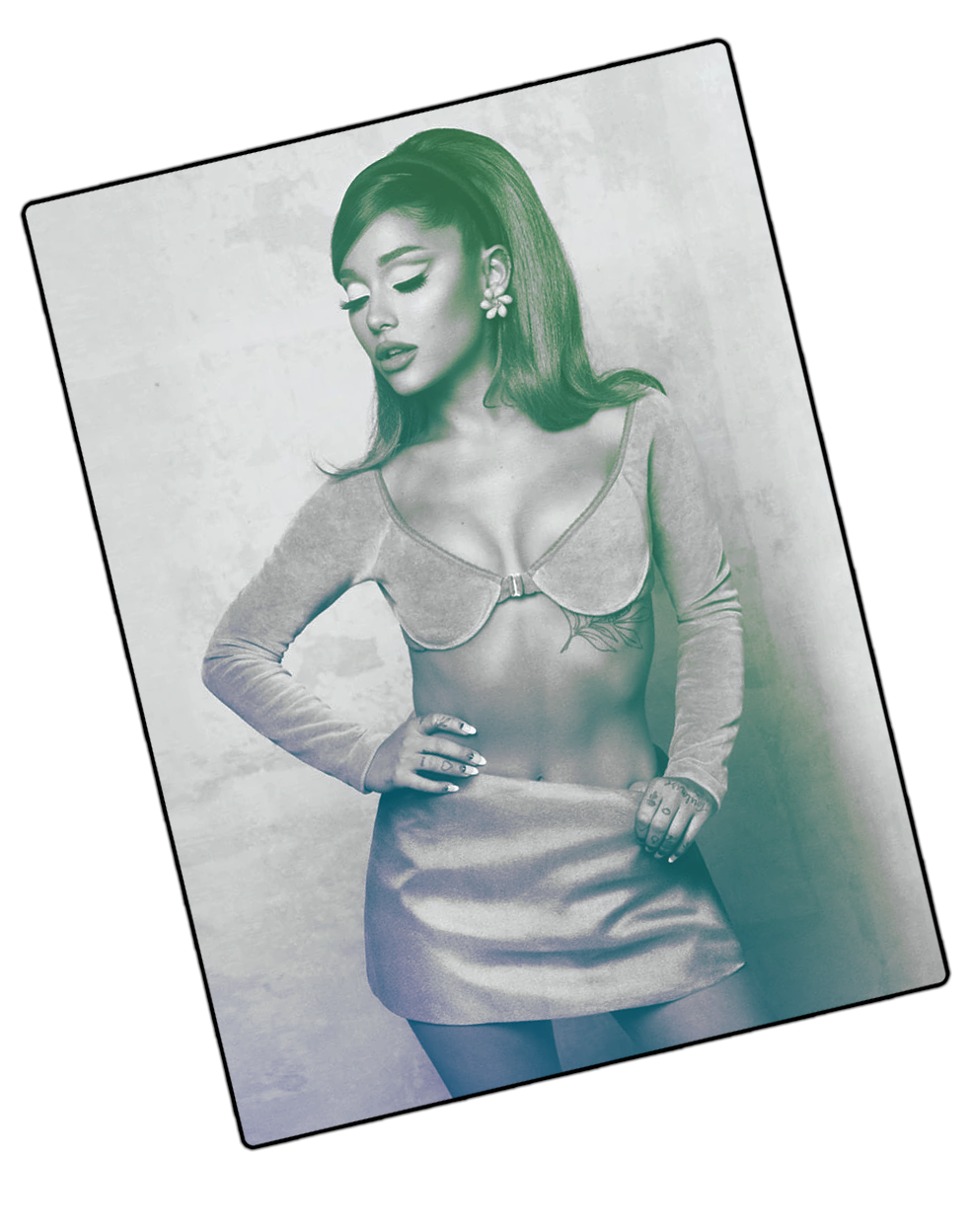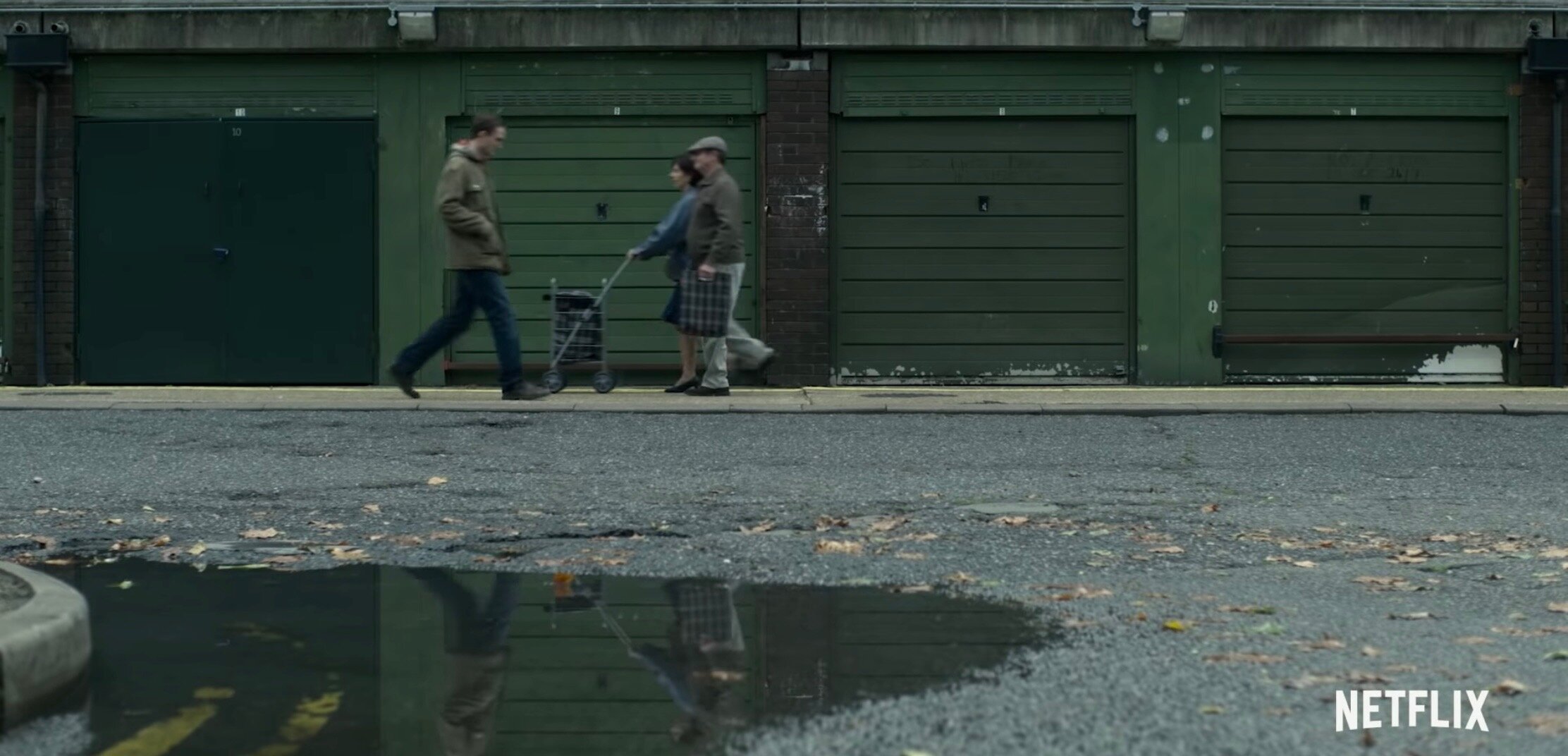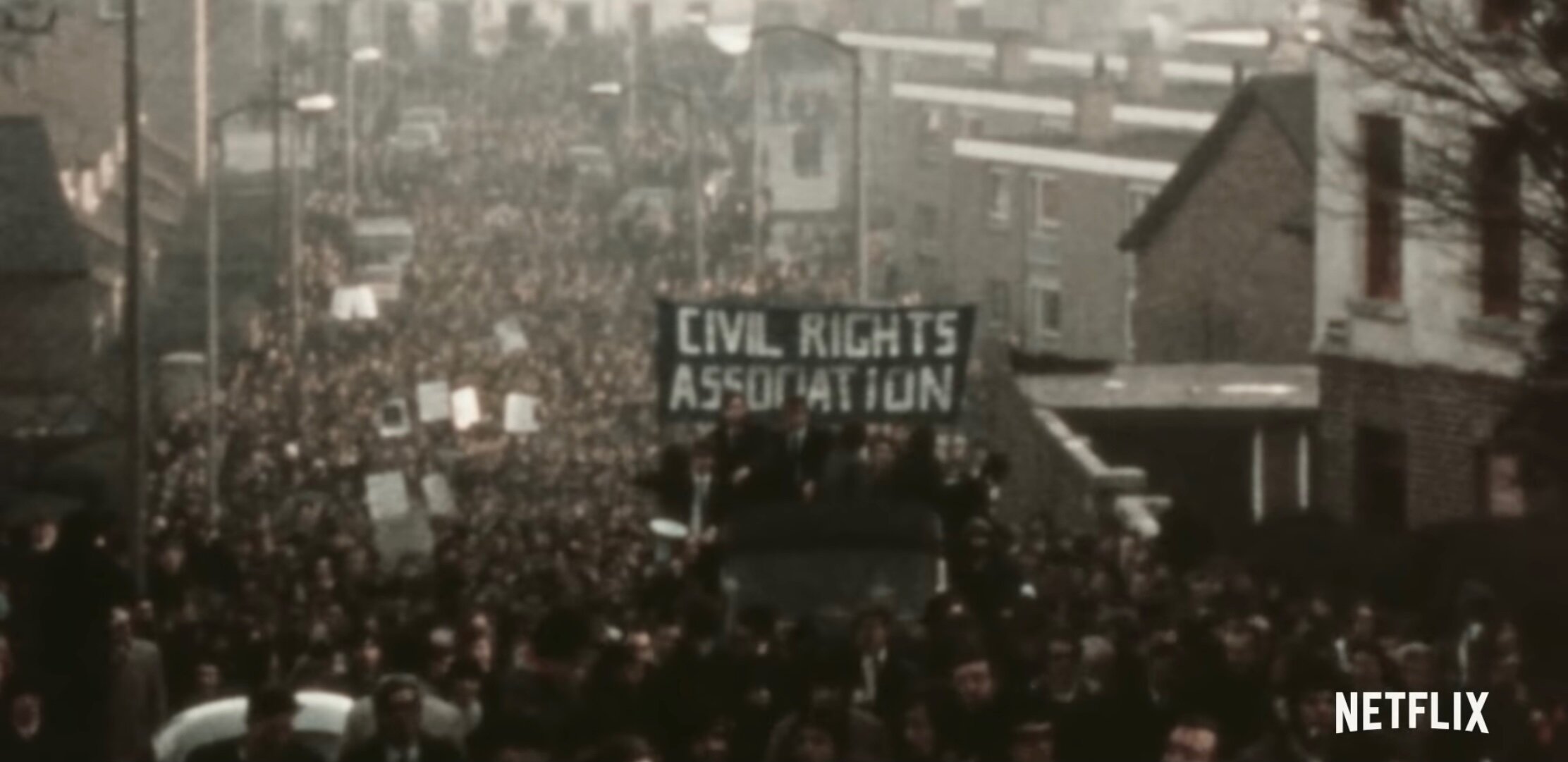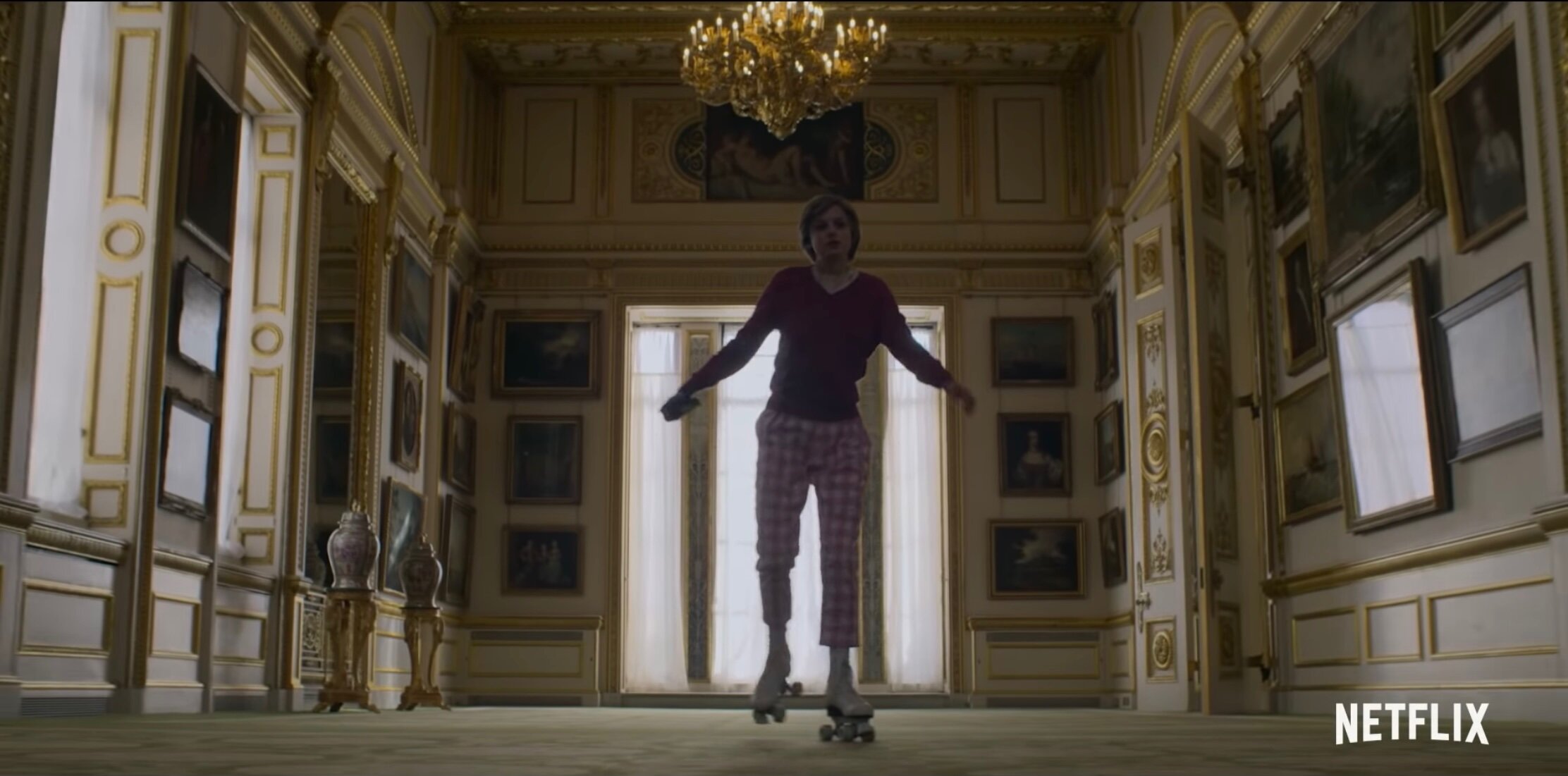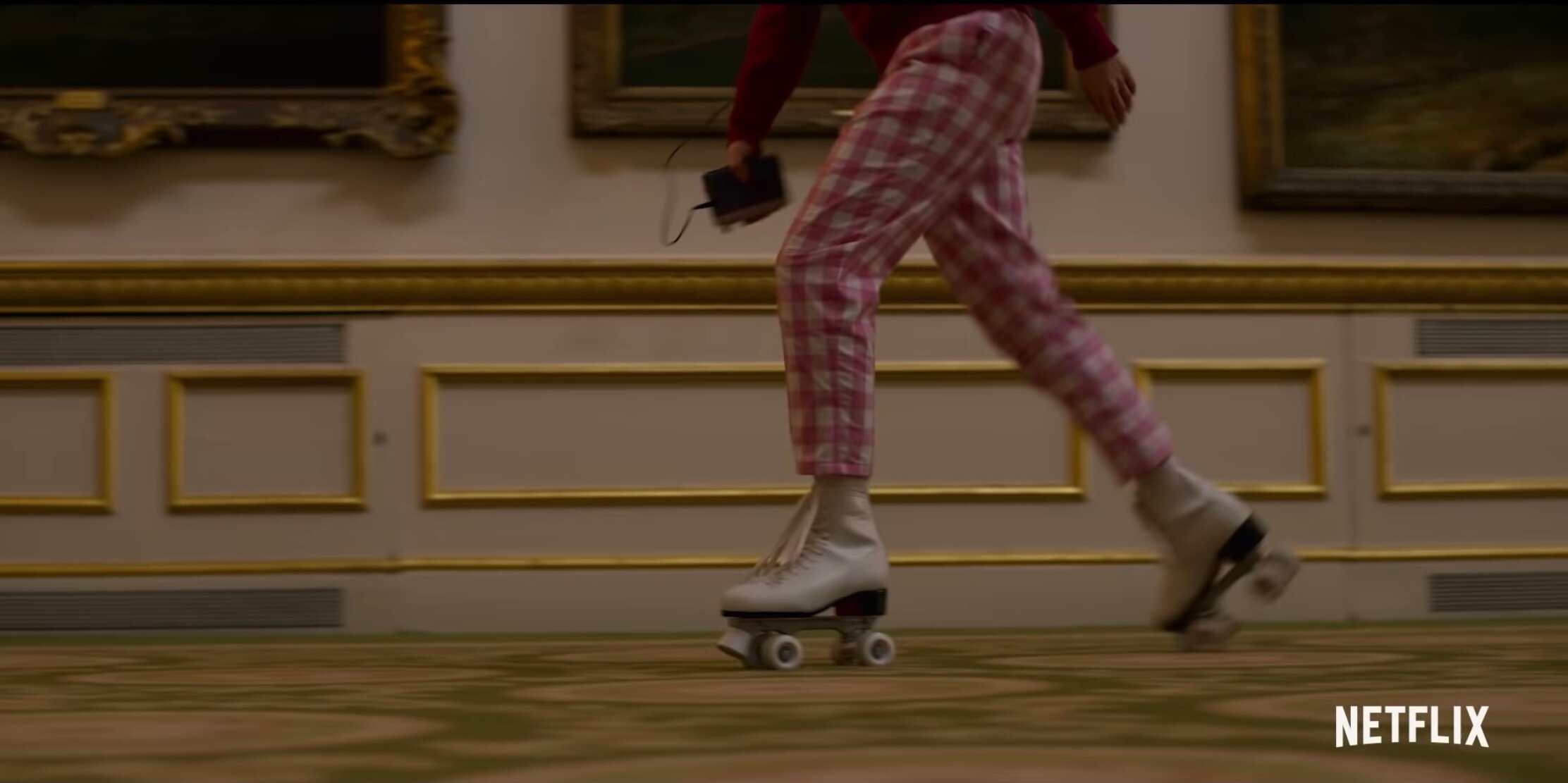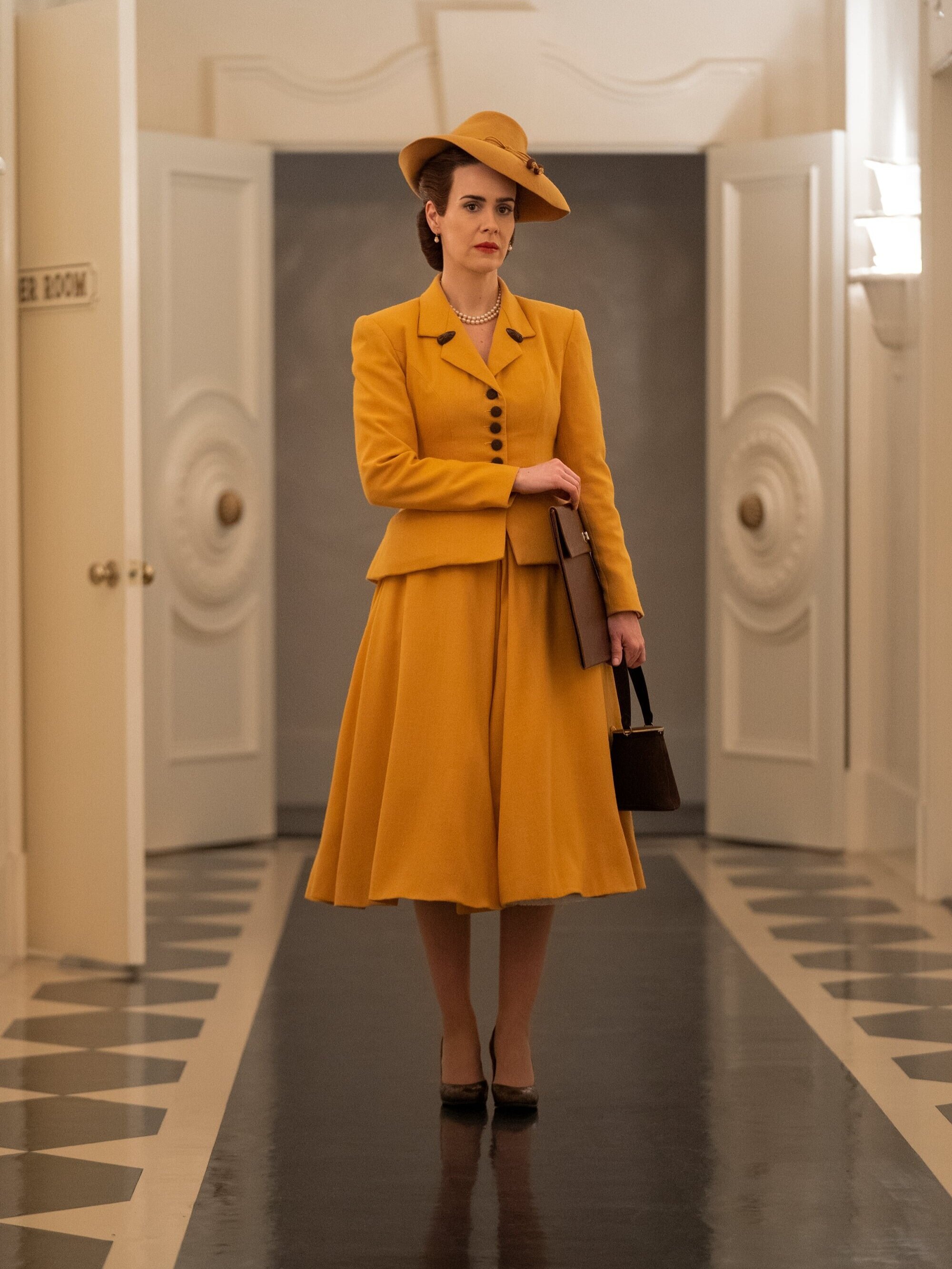Today, Miley Cyrus released her highly anticipated album Plastic Hearts, the latest highlight from a 13 year music career that emerged from the zenith of Disney Channel’s star-making formula—requiring all of its teen idols to dominate every facet of the entertainment world. It was piloted by Lizzie McGuire star Hilary Duff and quickly proved to be a remunerative recipe. Cyrus herself recently credited Lizzie McGuire with sparking her own Disney aspirations, so I think it’s the perfect moment to dig into the Disney Channel Popstar Industrial Complex.
In a span of 10 years, Disney established itself as the Motown of teen idols, turning sitcom starlets into chart toppers and vice versa. The stars’ total saturation of teen media during their tenure on Disney Channel and subsequent popstar statuses are a result of the Machiavellian machination I’ve dubbed the Disney Channel Popstar Industrial Complex. After Hilary Duff established the blueprint in 2003, every Disney teen that could 1) even remotely act and 2) even remotely carry a tune has been relentlessly funneled through Disney’s movie, TV, and music industries.
The careers that meet my personal criteria for this Complex are those that fall between 2003-2013. Though Disney stars continued to record music through Disney’s Hollywood Records label after 2013, these are the years I identify as the peak of this phenomenon. Not because it was objectively a better era (which, for the record, I do in fact think) but because these are the years in which stars were consistently shuffled between each arm of the apparatus and saw astounding success in multiple fields. To understand why Disney so forcefully made its talent interdisciplinary, we’ve got to go back to one of Disney’s greatest traumas.
The year is 1994, and Disney decides to cancel The All New Mickey Mouse Club—a decision that would reverberate throughout the 21st century. The Mickey Mouse Club was a variety show full of clean cut, wide eyed showbiz kids who acted, danced, and inexplicably covered Jodeci songs at age 14. Cast members included future superstars Christina Aguilera, Britney Spears, Justin Timberlake, and JC Chasez, who were all promptly left out to dry when the show was cancelled.
Cut to: the year 2003, and four of the Mouse Club’s alums are among the biggest pop stars in the world, dominating MTV’s monoculture. At the time, Christina Aguilera had four No. 1 singles, two Grammys, and a Latin Grammy. Britney Spears had broken the records for highest debut sales by a solo artist, scored three No. 1 albums, and was a six-time Grammy nominee (she finally won a Grammy the following year). Justin Timberlake and JC Chasez’s little venture, *NSYNC, had set a record for first week sales with 2.4 million albums sold (a record they would hold for 15 years), and scored eight Grammy nominations in four years. Timberlake alone nabbed two Grammys for his debut solo album released in 2002. The impact of the former Mouseketeers on pop culture and music industry consumerism cannot be understated. And Disney, their former employer, didn’t see a dime.
We may never know what the Disney Execs did or said in response to this devastating loss, but I imagine a scene straight out of Austin Powers in which then-CEO Michael Eisner pressed a red button to eject the chair of whoever cancelled The Mickey Mouse Club, and proclaimed “never again!” Never again would Disney let even one ounce of child talent go untapped. Enter: the Disney Channel sitcom-to-movies-to-popstar pipeline.
Disney’s Hollywood Records had been functioning for years but mostly handled movie soundtracks and had never produced chart toppers—until 2003. Crucially, 2003 was when the teen pop wave that dominated the world since 1997 was on its last breath. The genre had grown into such a commercial behemoth that by 1999, record labels were burning insane amounts of cash to keep the trend alive, but this quickly led to promotional oversaturation. Boy bands and pop princess were crawling out of the woodwork by the thousands as record labels desperately tried to replicate the gold that Britney, Christina, and *NSYNC had struck.
Inevitably, this oversaturation led to public disdain, and teen pop was largely condemned for being too contrived, inauthentic, and overproduced, and the teen base aging up left the genre’s future uncertain. By 2003, *NSYNC had gone on an indefinite hiatus, Britney and Christina were very publicly proclaiming that they were all grown up, and the influx of post-9/11 conservative sentiments into pop culture fueled a desire for a more innocent avatar of apple pie Americana. Enter: Hilary Duff.
That feeling when you’ve just changed the course of entertainment history. Image via
In 2001, Duff began her journey towards becoming the prototype for the now tried and true Disney It Girl model when she was cast as Lizzie McGuire in the well received sitcom of the same name. The show followed the struggles of middle school in an empathetic, down-to-Earth way, and Duff quickly became a relatable teen icon. In 2002, she starred as Cadet Kelly in the Disney Channel Original Movie of the same name, which became the most watched program in the channel’s history. Later that year, she released a Christmas album through Walt Disney Records, which just barely cracked into the Billboard 200.
And then 2003 hit. The clouds parted, the angels sang, and Michael Eisner’s eyes rolled with dollar signs. In 2003, 15-year-old Hilary Duff starred in the theatrically released Lizzie McGuire Movie, which was number 2 at the box office and became an instant Disney classic. Later that year she released the aptly named album Metamorphosis—a true transformation from kid show starlet into a verifiable triple threat—which beat out Mary J. Blige to reach the No. 1 spot on the Billboard 100 after debuting at No. 2.
Metamorphosis still holds up as a really solid piece of pop rock, very obviously worked on by the writer/producer team The Matrix that also shaped the sound of the then-chart topping Next Big Thing Avril Lavigne. It does have a distinctly sweet, poppy gloss to assure the general public that there would be none of Avril’s signature heavy, smokey-to-the-point-of-burnt eyeliner on this parent-friendly teen idol. The “Disney star” label stamped across her career’s metaphorical forehead provided extra parental assurance.
The flawless formula of genuinely fun music + a SFW image + multimedia star presence + utilization of the pop production trends of the time = Metamorphosis, one of the top 10 best selling albums of 2003. And thus began the Disney Channel Popstar Industrial Complex, a formula that churned out Disney-brand hits like clockwork.
The first wave saw Duff joined by Raven-Symoné and sister act Aly & AJ Michalka. Between 2003-2008, Raven-Symoné starred in the TV show That’s So Raven, two Cheetah Girls movies, and released two albums and four soundtracks under the Disney Music Group umbrella. Between 2004-2007, Aly & AJ released three albums, starred in the movie Cow Belles, and Aly starred in the sitcom Phil of the Future. Their last Disney-recorded album peaked at #15 on the Billboard 100.
And those were just the frontwomen. Any Disney star, best friend, or recurring character had a movie soundtrack album feature at the very least, like Kim Possible’s Christy Carlson Romano’s “Let’s Bounce” for The Princess Diaries II and That’s So Raven sidekick Annelise Van Der Pol’s “Over It” for Stuck in the Suburbs. And they all gathered to remind you of the network’s pop cultural dominance for Disney Channel Circle of Stars, a supergroup event featuring the Stars covering a classic Disney track. Disney employed a proto-Marvel Cinematic Universe strategy in their relentless quest for synergy, using crossovers to get their roster of stars together, beginning with That’s So Suite Life of Hannah Montana in 2006.
By 2008, Duff, Symoné, and the Michalka sisters had all walked away, but by that point Disney doubled down hard on their Popstar Pipeline 2.0. High School Musical’s Ashley Tisdale, Corbin Bleu, and Vanessa Hudgens all forayed into the music scene with varying success, with albums reaching #5, #14, and #24, respectively, on the Billboard 200. But they were comparatively flashes in the pan, as four House of Mouse acts emerged to change the face of youth media and cap off this era of Disney dominance.
Between 2007 and 2013, Miley Cyrus, Demi Lovato, Selena Gomez, and the Jonas Brothers collectively had 16 Hollywood Records albums break into the Billboard Top 10, with 6 of them hitting No. 1. They each starred in their own sitcoms and at least two movies while touring the world, pumping insane amounts of money into Disney. A kinder, gentler Brat Pack of sorts, they carried the teen magazine industry’s twilight years as we followed their various hookups, breakups, makeups, and friendship dramas with rapt attention.
In case you’ve been living under a rock for the last decade, from L-R: Joe Jonas, Selena Gomez, Kevin Jonas, Miley Cyrus, Demi Lovato, and Nick Jonas. Image via
Following the Duff blueprint, they all “graduated” from Disney approximately five years into their tenure. Their era was one of the last great cable TV dynasties, as the streaming age demolished ratings and album sales and and scattered pop culture across the World Wide Web. Before the rapid decline of traditional media, Disney milked every last dollar out of this masterclass in corporate synergy.
I suppose the moral of this story boils down to a tale as old as time: you don’t know what you’ve got til its gone. But if you’re a multibillion dollar entity with the objective—and the means—to dominate the entire tween media landscape like Disney, you don’t have to sit around and hope for another chance at striking gold.
Featured image via.


